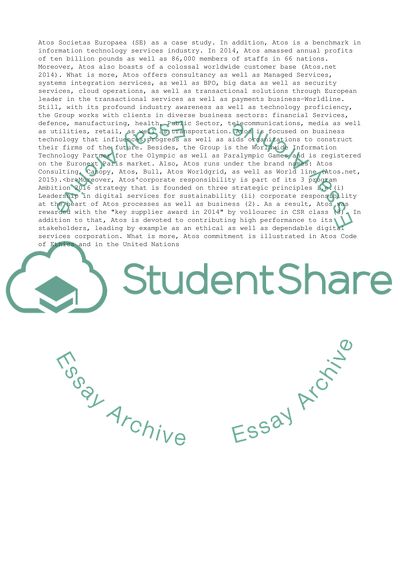Cite this document
(3. Individual Report Coursework Example | Topics and Well Written Essays - 3250 words, n.d.)
3. Individual Report Coursework Example | Topics and Well Written Essays - 3250 words. https://studentshare.org/business/1871841-3-individual-report
3. Individual Report Coursework Example | Topics and Well Written Essays - 3250 words. https://studentshare.org/business/1871841-3-individual-report
(3. Individual Report Coursework Example | Topics and Well Written Essays - 3250 Words)
3. Individual Report Coursework Example | Topics and Well Written Essays - 3250 Words. https://studentshare.org/business/1871841-3-individual-report.
3. Individual Report Coursework Example | Topics and Well Written Essays - 3250 Words. https://studentshare.org/business/1871841-3-individual-report.
“3. Individual Report Coursework Example | Topics and Well Written Essays - 3250 Words”. https://studentshare.org/business/1871841-3-individual-report.


